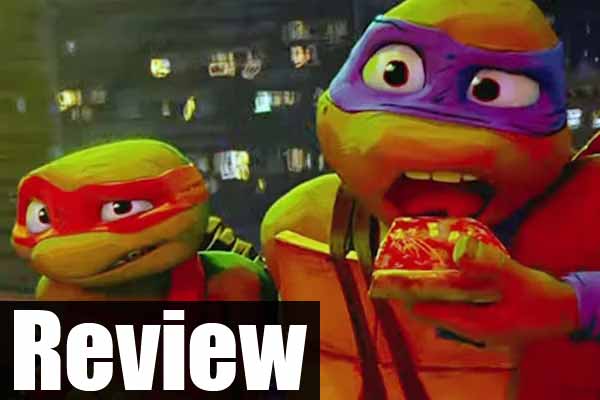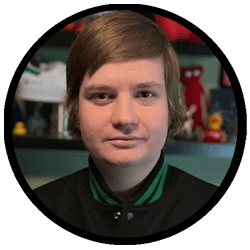Yooka-Laylee Soundtracks Interview
Interview with Grant Kirkhope & David Wise, Composers
A staple I do in all interviews in order to start things off is to ask that you elaborate a bit about your work on the game (s) for those that might not be familiar with it?
Grant Kirkhope (GK): I was responsible for just a little bit on the second Yooka game, I did the overworld and all the variations as well as the boss’s lair.
David Wise (DW):
Yooka Laylee
For the first Yooka Laylee soundtrack, well this was definitely Grant’s domain, having previously scored the soundtrack for the Banjo-Kazzoieseries of games. Grant composed around 80% of the soundtrack, with myself and Steve Burke adding around 10% each to add our own unique colors and style to the mix. I composed tunes such as Tropical Trails, Track Attack and the Minecart levels.
Impossible Lair
For the second outing of Yooka Laylee and the Impossible Lair, I composed around 20% of this score. I created the main theme, a few of the level tunes along with the Dragon’s Lair sections. The main bulk of the soundtrack being scored by Matthew and Dan.
The Yooka-Laylee soundtracks are now available on all musical storefronts, could you elaborate about the process behind making this happen and what are some examples of where one might pick up the soundtracks?
GK: That was all down to Sebastian Wolf at Materia Collective, I put him in touch with Gavin at Playtonic and they sorted it out between them. I think it’s just about everywhere, all the streaming platforms, etc.
DW: What Grant said.
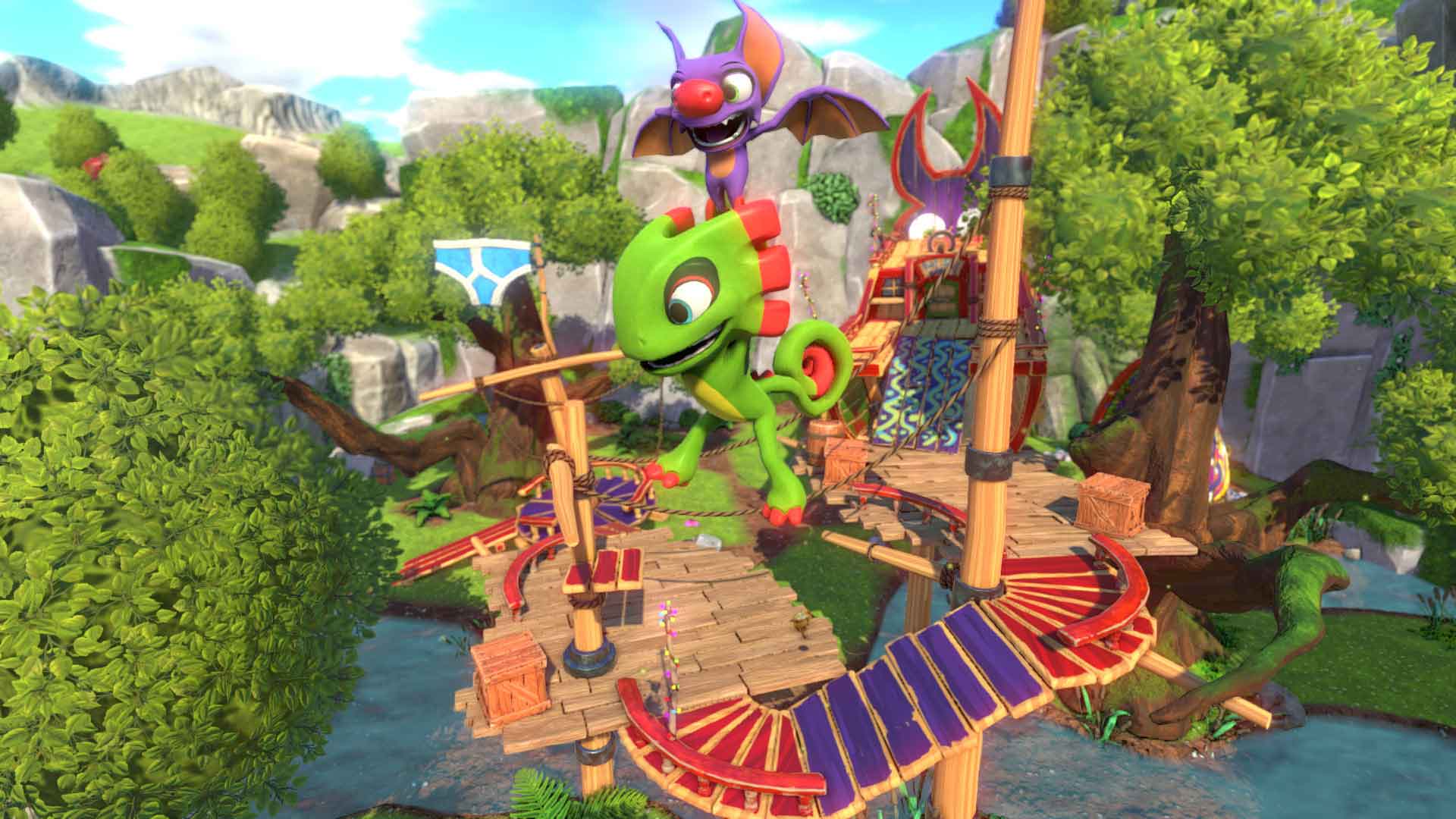
What was the process behind the creation of the music for the Yooka-Laylee games, and was there any specific tonal or audio design shift between the two titles?
GK: On the first Yooka game it was obvious that it needed to be as Banjo-Kazooie-ish as possible, I wanted to make sure that it gave the listeners those kinds of familiar sounds. When it came to the second Yooka it was almost the opposite as it didn’t need to sound like Banjo-Kazooie at all!
DW: With Grant at the helm for the first game, I was purely adding a little variety for the non-banjo 3D gameplay areas.
Do you have a favorite specific track from either of the games, and if so what about this piece makes it special to you?
GK:I think my favourite from the first game is Glitter Glaze Glacier and from the second game it’s the canyons version of the overworld.
DW: My favourite from the first game was Tropical Trails. Sometimes, whilst I’m working in my studio, I wish I could be on a tropical beach sipping pina coladas. This is pure escapism composition.
For Impossible Lair, I really enjoyed composing the series of five interconnected tunes that make up the Dragon’s Lair.
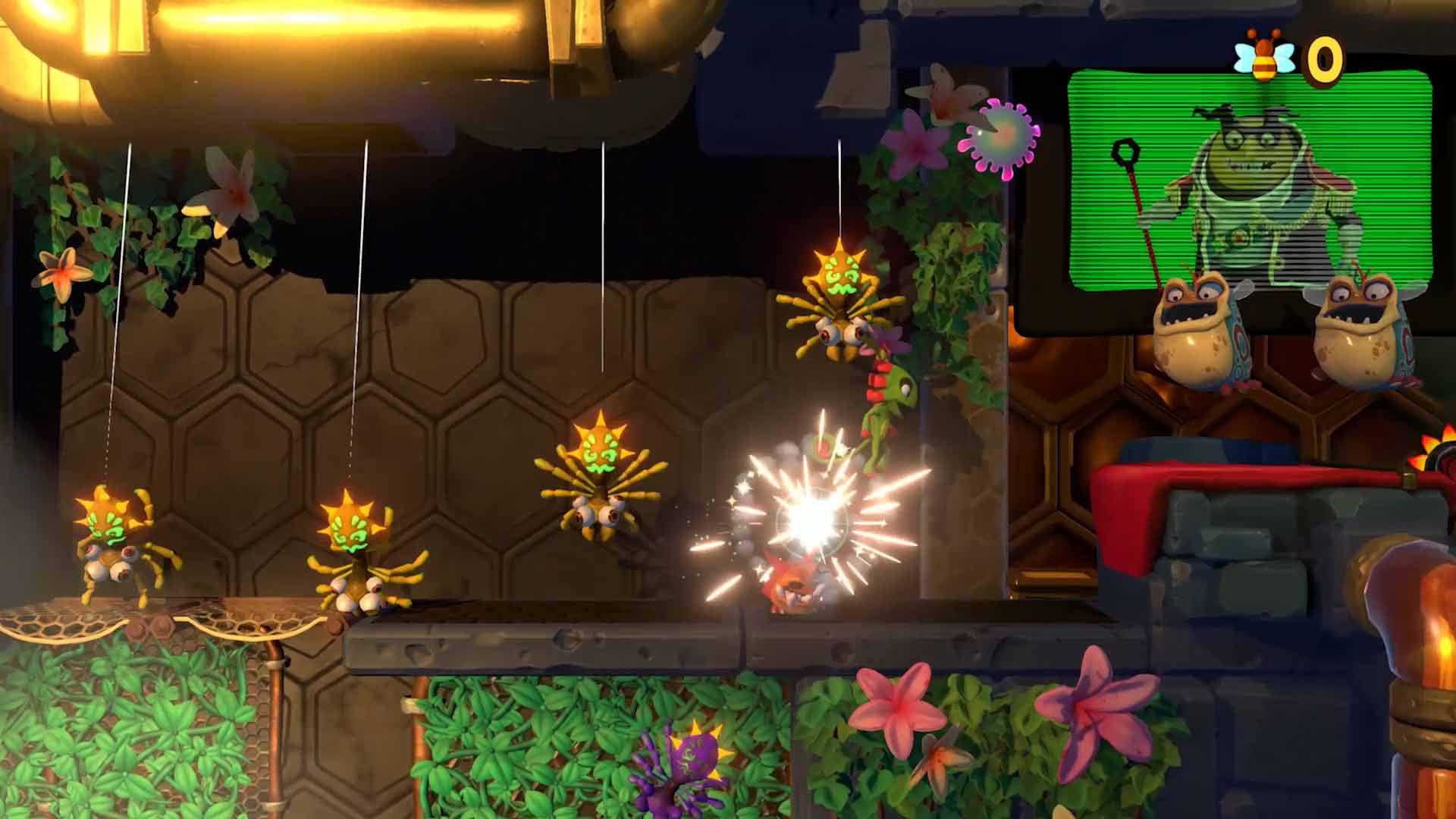
What was the process like in coming up with audio to match the style and tone of the Yooka-Laylee series? Did you see any gameplay prior to working on it, and what was the general setup like for working on this series production wise?
GK: I think after I’d written that piece that appeared on the Kickstarter page it pretty much set the tone for the music that I wrote for the game. I did see some gameplay but mostly I’d get a description of the level or area that the music was for and I’d go from there. I’d send over the first 32 bars or so to see if I was going in the right direction and then make any changes that were asked for.
DW: For the Yooka Laylee games – I tried to use as much ukulele as possible. I used it for chord work and lead guitar work as it naturally lends itself to this. However, I’d record chords – smother them in reverb to get a nice shimmering pad and then use rhythmic filters to create rhythms. Some of the high string parts are ukulele harmonics. And I recorded lots of bangs, hits and scrapes to enhance the rhythmic sections. Every single piece I composed for the YookaLaylee has ukulele in it, even if it doesn’t sound like a traditional ukulele.
What sort of tools, and or technology did you use during your day to day work on the Yooka-Layee games?
GK: I write using Pro Tools as my DAW (digital audio workstation) along with various plugins and sample libraries like the Spirfire orchestral libraries to name just one.
DW: I compose using Cubase as my DAW using a combination of virtual instruments and also by recording real instruments. I now mix in Nuendo as it forces me to have a hard digital copy of every stem which is easier for back-ups and recall.
I use a combination of instruments, such as Kontakt [komplete] for sample libraries, synths and FX. I use HALion 6 & Groove Agent for my own sample libraries. Also, Valhalla make some amazing reverbs delays and modulation FX.
Sample Libraries I use are from 8DIO, Spitfire Audio and many others.
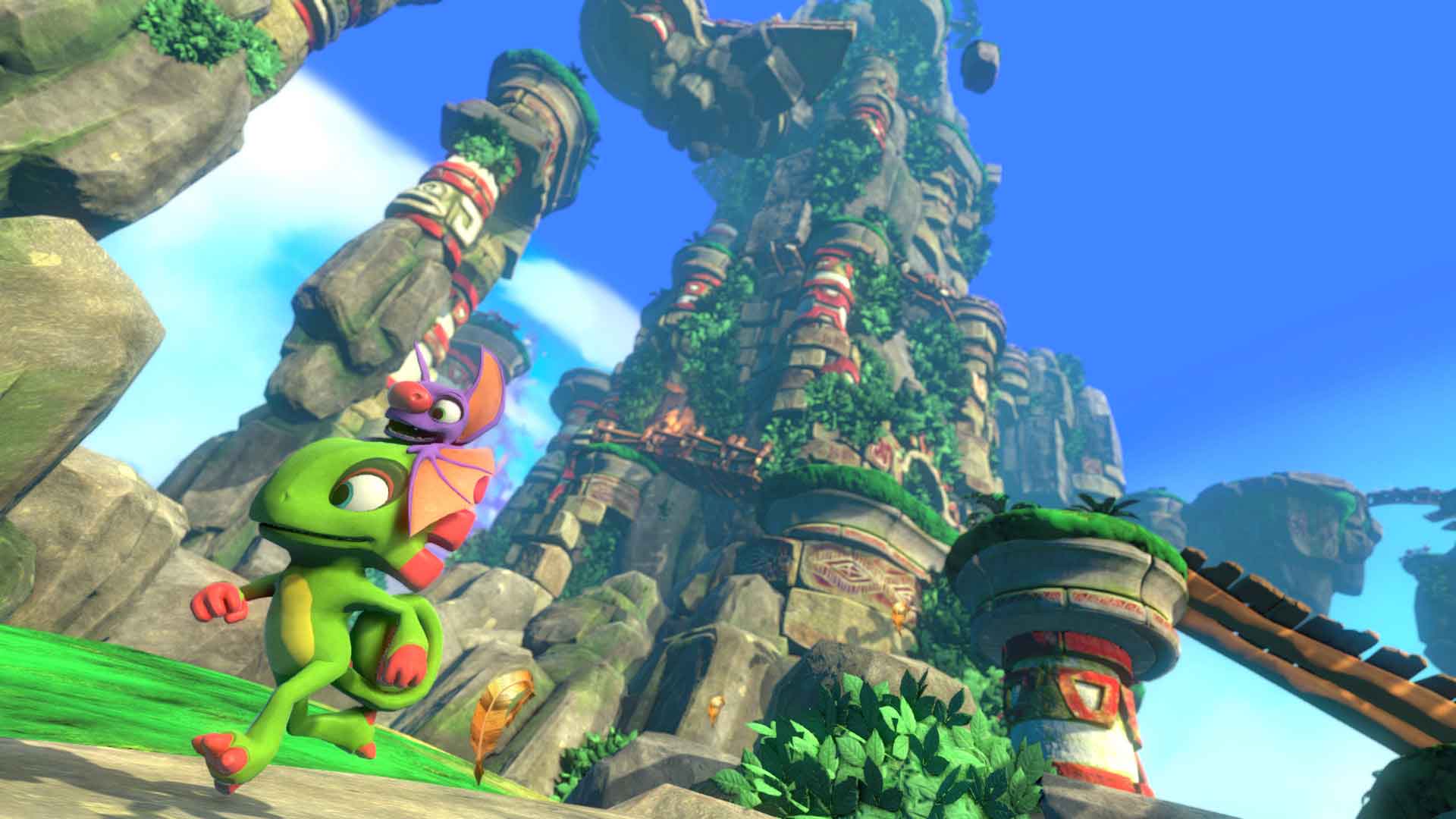
Looking at the past, were there any Rare titles you worked on that provided inspiration for Yooka-Laylee’s distinct sound?
GK: Definitely Banjo-Kazooie for the first Yooka game, I’m not really sure about the second game, since I only did the overworld I was trying to make it adventure like, probably something like Zelda maybe.
DW: I think the DKC series is an obvious comparison. However, Yooka Laylee definitely has its own character. As my role for both games has been as an additional composer, it’s allowed me to experiment a little more in other directions.
If it does happens, would you be interested in jumping into the world of Yooka-Laylee once more and is there anything different you would like to try this time around?
GK: Of course, I’d love to, we’ll have to wait and see! The style of the music would have to be inspired by the visuals so who knows!
DW: If the opportunity came up to help out again, I’d love to. It’s always a joy to work with such a talented bunch of developers.
Lastly I would like to leave a spot for you to say something or go over anything I might have missed during the interview?
GK:It’s been great fun writing music for the Yooka games. Being back with my old team mates from those golden Rare days has been brilliant!
DW: What Grant said. Always a joy to work with lifelong friends and colleagues.
And likewise, thank you for your interest in our creations. Always a pleasure to talk about music and games.
View our Interviews Hub
View our Yooka-Laylee Hub
Read our Yooka-Laylee and the Impossible Lair Review

 Xbox
Xbox Playstation
Playstation Nintendo
Nintendo PC
PC Mobile
Mobile Stadia
Stadia





